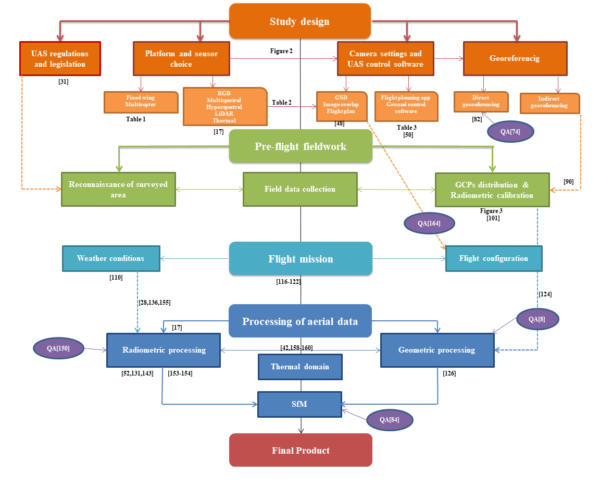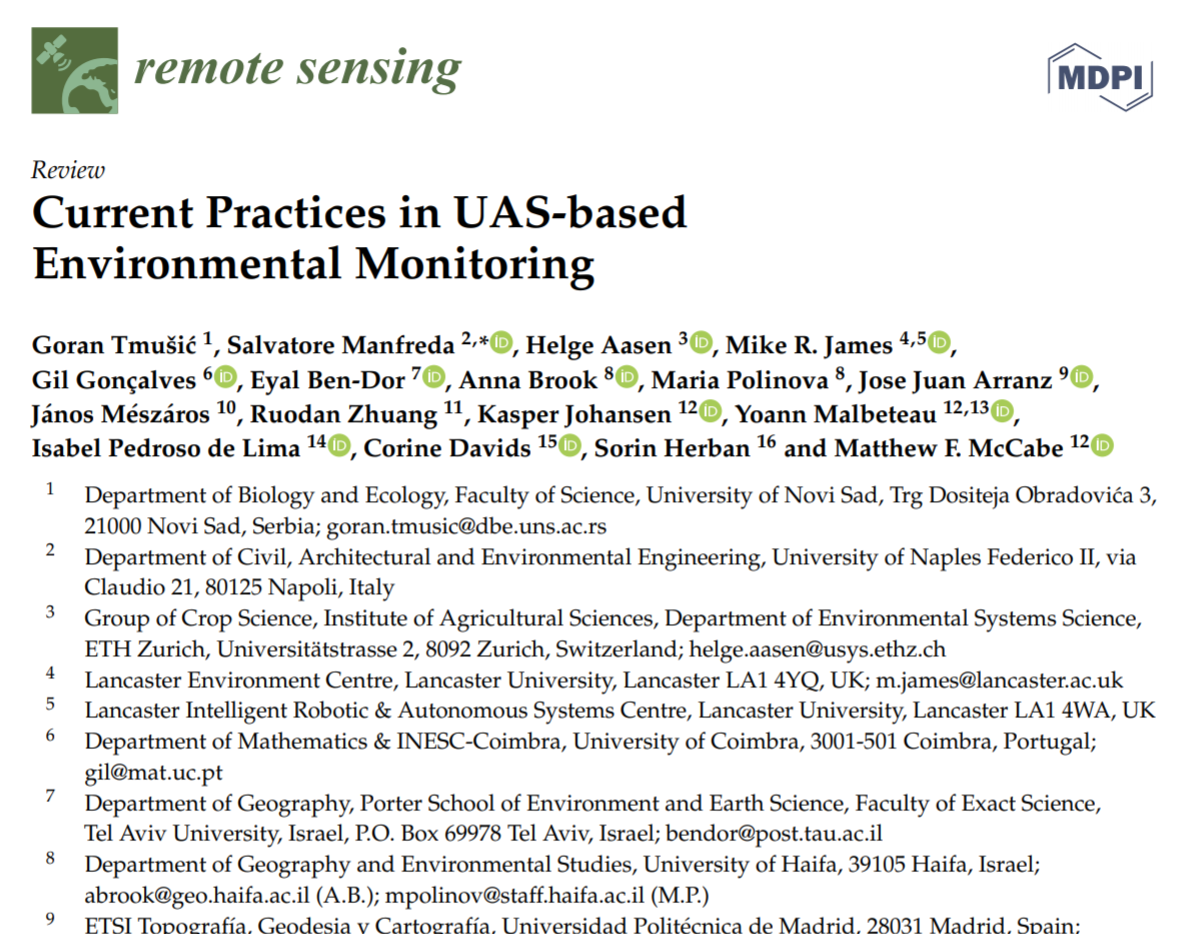With the increasing role that unmanned aerial systems (UAS) are playing in data collection for environmental studies, two key challenges relate to harmonizing and providing standardized guidance for data collection, and also establishing protocols that are applicable across a broad range of environments and conditions. In this context, a network of scientists are cooperating within the framework of the Harmonious Project to develop and promote harmonized mapping strategies and disseminate operational guidance to ensure best practice for data collection and interpretation. The culmination of these efforts is summarized in the present manuscript. Through this synthesis study, we identify the many interdependencies of each step in the collection and processing chain, and outline approaches to formalize and ensure a successful workflow and product development. Given the number of environmental conditions, constraints, and variables that could possibly be explored from UAS platforms, it is impractical to provide protocols that can be applied universally under all scenarios. However, it is possible to collate and systematically order the fragmented knowledge on UAS collection and analysis to identify the best practices that can best ensure the streamlined and rigorous development of scientific products.

How to Cite: Tmušić, G.; Manfreda, S.; Aasen, H.; James, M.R.; Gonçalves, G.; Ben-Dor, E.; Brook, A.; Polinova, M.; Arranz, J.J.; Mészáros, J.; Zhuang, R.; Johansen, K.; Malbeteau, Y.; de Lima, I.P.; Davids, C.; Herban, S.; McCabe, M.F. Current Practices in UAS-based Environmental Monitoring. Remote Sens., 12, 1001, 2020. [pdf]

